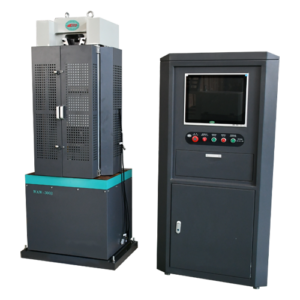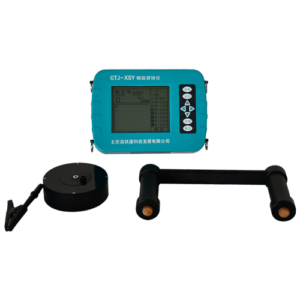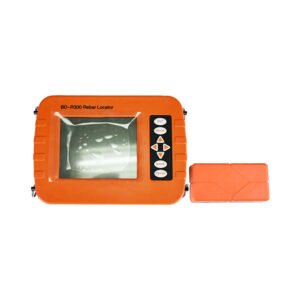
Please note to users: Please check and accept in time after the goods arrive.
Acceptance method: Please check and accept according to the water calibration method in the instruction manual
The time limit for filing an objection: two weeks
If you have any questions about the acceptance of the water calibration method, please contact our company in time. Please do not do the concrete test before the problem is solved.
This instrument (Figure 1) uses the air pressure method to determine the air content in concrete. The measurement is carried out by water injection, and the operation is simple and accurate to read the air content value directly from the dial. The applicable regulations are in full compliance with the “Common Concrete Mixture Test Method” GB/T50080-2016, GJ55-2011, Highway Engineering Cement Concrete Regulations JTJ053-94.
structure
Note: During the water injection measurement, the error caused by the inconsistency between the surface of the loaded concrete mixture and the edge pin of the measuring bowl is small and can be ignored.
Note: After completing the experiment, first open the exhaust valve to release the pressure in the measuring bowl. Do not open the pressure balance valve and fine-tuning valve above the instrument first, to avoid the pressure in the measuring bowl higher than the pressure in the air chamber, causing water in the air chamber and pressure gauge. If water enters the air chamber and pressure gauge due to human error, the instrument will no longer be covered by the free warranty.
Note: Be sure to discharge the pressure in the measuring bowl first, and then discharge the pressure in the air chamber to avoid backflow of the cement slurry in the measuring bowl into the air inlet chamber, which may damage the instrument.






We will contact you within 1 working day, please pay attention to the email with the suffix “@gtj-test.com”.